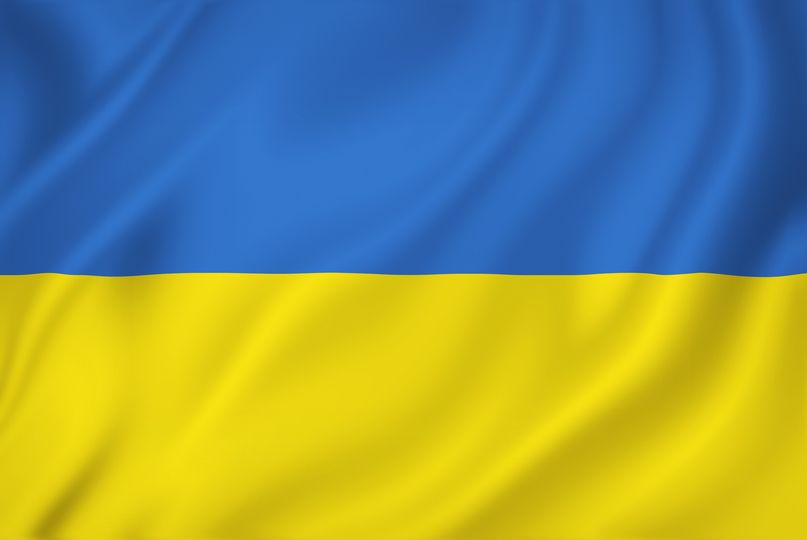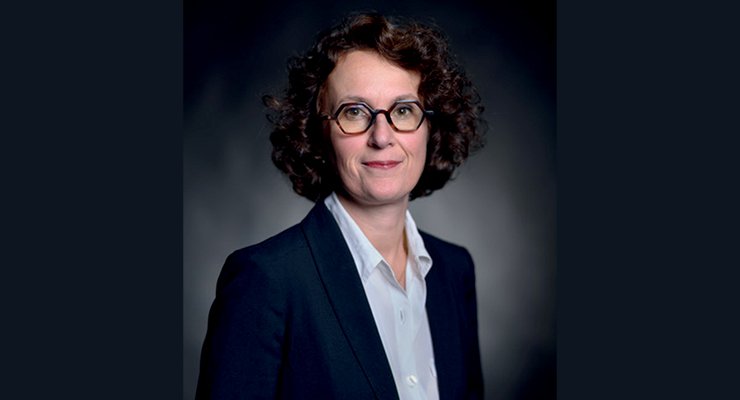RAILENIUM: an IRT specialized in rail-road technologies
Railenium is an IRT (a Government certified Institute for technological research), a combination of public and private sector laboratories and specialized in a domain of futuristic technologies. In a limited geographic area, we find training, research and innovation-intensive activities. As such Railenium has the overall ambition to see innovation and collaborative operations contribute to the strategies of railroad development.
Site web de l'IRT
Context
The Railenium IRT relies on a strong economic sector, railways:
- in essence, there is is a strong level of multi-disciplinarity
- the assigned objective is not only to encourage competitiveness in the railway industrial sectors but also to contribute to attaining better performance levels in railroad systems (urban nets, high-speed and standard speed passenger carrying trains) and their network management systems.
- performance levels attained are directly connected to a good control of innovation challenges.
Railenium thus contributes to promote more economical railway systems, with higher capacities, higher speeds, better safety measures, better punctuality, a reduced carbon footprint on the environment and open to the other European EU countries.
Its innovation strategy – concerted and agreed among all the Railenium partners, will rely on:
- taking into account the needs expressed by rail network management;
- having the capacity to promote R&D concepts and ideas and to take projects to industrially viable levels;
- having the capacity to assess and certify R&D products using sizeable test rigs and to have facilities for certification protocols.
Objectives
The Railenium IRT will have an impact on what we know about materials and, in particular, in terms of their reliability, their contribution to lower carbon prints. It will also have an impact on systemic properties with safer architectures that consume less energy and provide new functions (communications, integrated maintenance). Lastly there will be an impact on advances in digital modelling and models that advocate lower R&D cost factors.
The Railenium IRT will enable France to benefit from – and even strengthen – its leadership in the railroad sector, with significant economic and social fallout in the French Nord Region (and beyond) in terms of employment.
It will participate to the development of the mobility factor (with modernized railroads and urban transportation modes, a priority assigned by the 'Grenelle' Environment conference and by the SNIT (French nation transport scheme) and to develop both urban and inter-urban transport modes, capable of running at both high and very high speeds, combining objectives of safety, ease-of-use and of impacts on the environment.
In a context of development of railroad systems in Europe and elsewhere round the world (cf. SNIT reports), the Railenium IRT clearly appears as being without its match anywhere, comprising as it does a test loop for rail equipment for a rapidly expanding market-place: it is estimated that the global market for railway infrastructures represents some 45 billion euros (covering infrastructures, signals and communication, civil engineering works, bridges and services). French companies today account for 71% of the national market and have some 43% in export venture and contracts.
The objectives of the Railenium IRT in terms of markets and jobs are as follows:
- to see the fraction of French production in the world market place rise from 3% to over 8% in a rapidly expanding market context ;
- to see the number of salaried workers in the export sectors rise from 9 000 to over 30 000 positions.
Project patrons
The Railenium IRT was built on the foundations of the world-class competiveness cluster i‑Trans. It is now an exemplary consortium, firstly of an industrial nature with RFF (the rail company Réseau Ferré de France) and which groups together 24 companies, among which we find ALSTOM, BOUYGUES, EUROTUNNEL, SNCF, equipment manufacturers from the FIF (the Federation of railroad companies) and SMEs affiliated to AIF (Association des Industries Ferroviaires régionales).
Then we find the public sector research representatives: 8 universities, engineering schools and research establishments members (financed in part) by the Research and HE Pole of the University Lille North France.
Lastly we have 5 local authorities led by the Regional Council for Nord-Pas de Calais and 8 other partners (collectivities or public authorities) to complete the consortium. This composition illustrates perfectly the skills developed and possessed by the two French Regions Nord-Pas de Calais/Picardie in the area of railroad specialties and land-based transportation in general.
The 10 founder-initiator companies
The UTC laboratories involved
Several UTC laboratories are involved, including UTC-Roberval.
This is a point of special interest to UTC, committed as it is in the thematic of computer base virtual prototyping and digital modelling via the project CERVIFER, at the initiative of Prof. Mohamed Ali Hamdi, who works at the UTC-Roberval Laboratory and is a member of the Railenium Board of Administration where he represents UTC.
The objective of this project is to increase the level of competitiveness of the French railroad structures and industry thanks to intensive use of software packages for virtual computer-based prototyping. "The railroad industrial sectors still continue to use often highly expensive test protocols to certify and qualify as 'good for rail service' the rolling stock and infrastructures. If we compare this with the aeronautical and space sectors and automobiles where virtual certification are now commonplace, the rail sectors have lots of margin to improve how they use prototyping software", underscores Prof. Mohamed Ali Hamdi. Virtual prototyping has enabled design teams to cut the tests by almost a factor of two for physical tests and consequently this enormously reduces the time (i.e., half as much) it takes to develop a new road-worthy model. The objective is thus to come up with an experimental prototype in the form of a software platform that integrates special modules to meet the specific needs of industrialists for their pre-certification requirements by calculating the component parts for the rolling stock and infrastructures. It is a collaborative platform that ensures services and expert evaluations and some of the module developed will even be marketable.
Other laboratories are interested by the Railenium IRT. Railenium has its roots in the two regions Nord-Pas de Calais and Picardie, but there is an opportunity to seek other partners beyond the 'inner circle' of the founders, in France and elsewhere in Europe. It is to the other EU counties that Railenium is now looking to Brussels (EU) who have a programme called Shift2Rail in which 1 billion euros will be invested for research and innovation activities related to railroad activities. "Railenium entertain s the ambition to act as a go-between between the EU and French actors in the field who will be taking their marks in the various Shift2Rail programme between 2014 and 2020. Railenium is therefore a very strategic IRT for the international recognition and reputation of UTC, which institutionally has every interest to be increasingly involved in the railroad sector", adds Mohamed Ali Hamdi, to conclude.
Contacts de la recherche à l'UTC
Plaquette des investissements d'avenir à l'UTC



